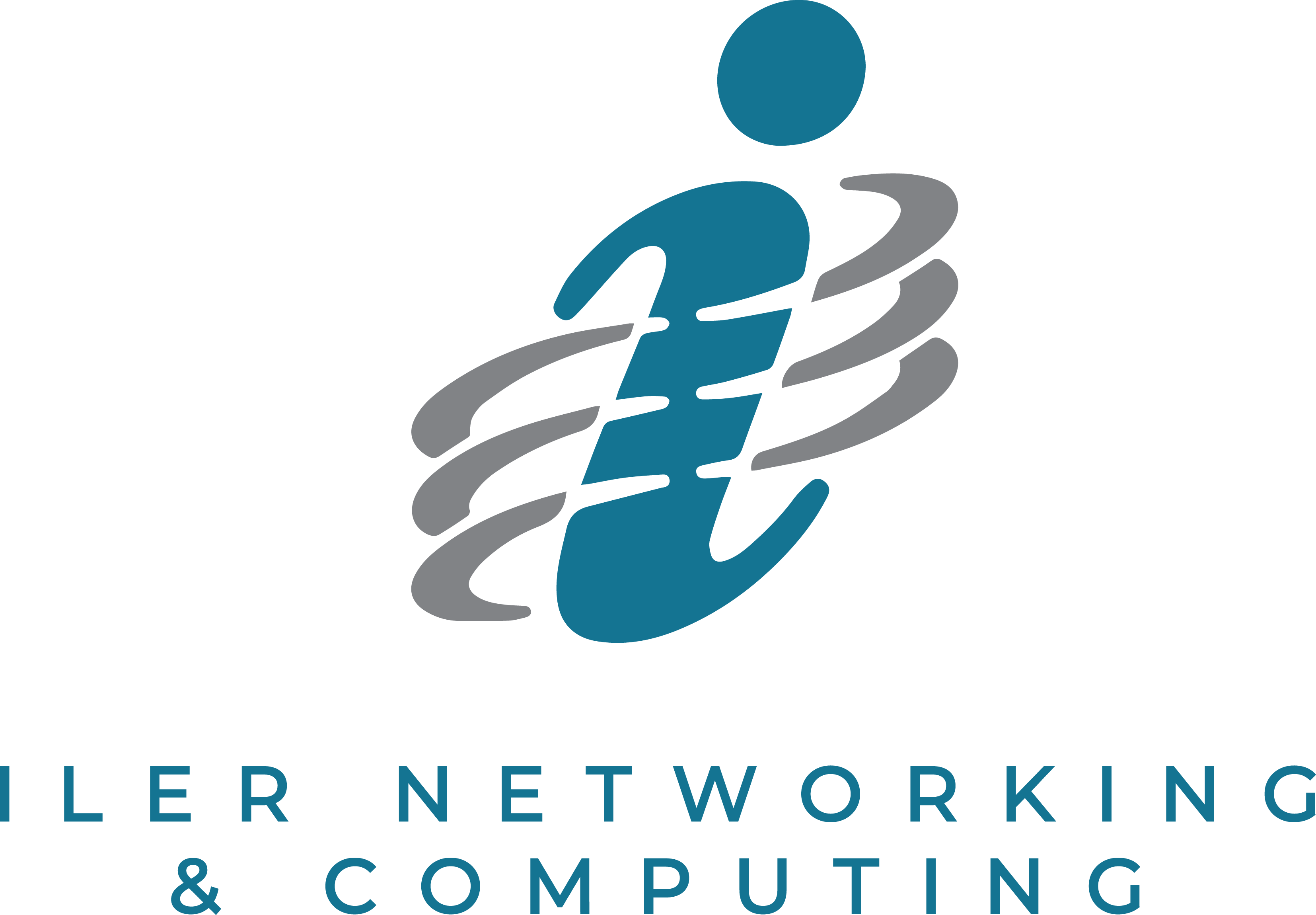Many software companies are moving to a “Software as a Service” model, or SaaS. In some cases you do not have to install the software on your server or PC- you simply have access to the as a pay as you go model for only the license and features you use. Other companies will license your installed applications via SaaS.
An example is the Google Search Engine – a massive, free cloud application. Google’s online ability to search billions of web sites and content in seconds then to deliver the results to your computer far exceeds the ability of your PC. Another example is Facebook. This application allows you to post pictures, play games online, and connect with family or friends in real time. All without having to install those applications on your computer. There are of course other cloud applications that are not free.
With the relatively recent introduction of cloud-based office applications like Office 365, Google Apps and thousands of other SaaS applications, it is becoming unnecessary for some businesses to purchase and maintain an onsite server. Today’s companies can host multiple applications including data, e-mail, and other functions on “the cloud”. Put simply, that means that applications are stored offsite in a highly secure location with a company that has far more power and resources than small businesses have available to them. To top it off, devices are getting cheaper and internet connectivity is getting stronger and faster, cloud computing is suddenly a very smart, viable option for small businesses.
Here are some benefits to cloud computing:
- Eliminates the need for expensive server upgrades and allows you to use cheaper devices to get the same work done.
- Frees you to access applications from any device and any location. All you need is an internet connection.
- Built-in disaster recovery and business continuity.
- You will only pay for what you need and use.
If you are considering moving your data to “The Cloud”, make sure to look over these 5 tips before going through with it:
- Back it up! – Migrating data to any new location can come with complications and make a mess of your data. Make sure you have a good, recent backup of everything before you switch over.
- Maintain an on-site copy – Moving to the cloud may seem scary, but there are ways to help mitigate that fear (and risk) by keeping a local, on-site copy of your data and network images on a NAS (network attached storage) device. That way you have a local copy in addition to the working cloud copy just in case the cloud data is lost.
- Have a backup plan to access the internet – The most common questions about moving IT to the cloud is “What if the internet goes down?” To not have that worry, have a business-class internet connection as your initial and main way to connect to the internet, and then also have a second internet connection service as a backup.
- Use moving as an opportunity to go through things – You could just copy and paste all your data from your local devices to the cloud, but that would be a large waste of this opportunity to reevaluate the structure and organization of data? This might include going over your file organizational structure, updating permission levels, and even archiving old files and data that are cluttering up your server currently and costing you money for storage.
- Phase the Move – Do not try to migrate everything all at once, that is more likely going to cause missed information. Creating a transition plan and putting it in place will help with the flow of moving things over. Make sure you move your files in small amounts, so the changes are easy to take in for your clients and employees as the move progresses. This also helps you feel out what working with the cloud will be like before everything is transferred.
Is Cloud Computing the right choice for you? While there are a ton of benefits to cloud computing, it is not right for every company. Some applications do not play well in the cloud. You need commercial-grade Internet connectivity, and some functions, like working with big graphics files, are better kept local or the slowness may be frustrating. However, in most cases, parts of your computer network can easily be put in the cloud to save you money and give you better service. So, before you donate all your servers and make the switch, it is important you talk to someone who can help you honestly assess your unique situation and tell you the pros and cons of making the switch to cloud computing.
Call us today to schedule your Cloud readiness.
440-322-4537






